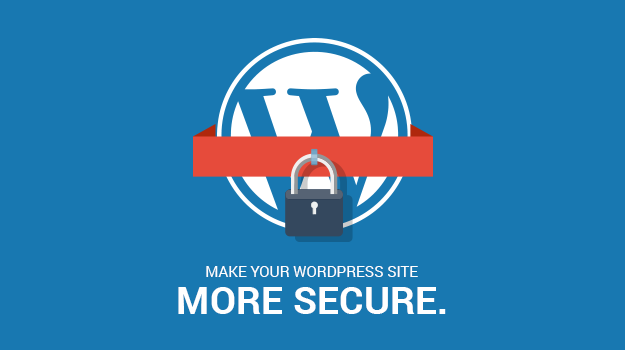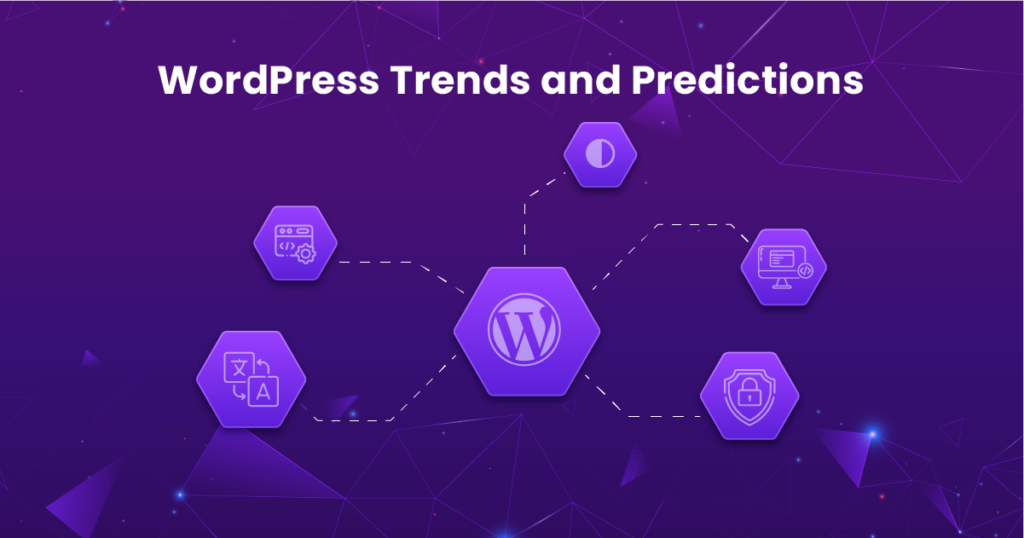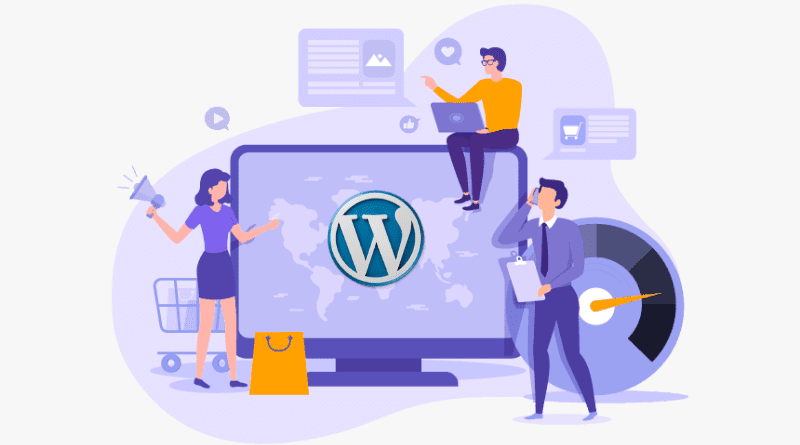Securing Your WordPress Plugins: A Developer’s Guide

WordPress plugins play a pivotal role in extending the functionality of your website, offering a vast array of features to enhance user experience. However, the more plugins you integrate, the greater the potential security risks. As a developer, ensuring the security of your WordPress plugins is paramount to safeguarding your users’ data and maintaining the integrity of your website. In this comprehensive guide, we’ll explore essential practices to secure your WordPress plugins effectively.
1. Keep Your Plugins Updated:
Regularly updating your plugins is a fundamental step in maintaining their security. Developers often release updates to patch vulnerabilities and improve overall plugin security. Always use the latest versions to benefit from security enhancements.
2. Code Reviews and Audits:
Conduct thorough code reviews and audits of your plugin’s source code. Look for potential security loopholes, such as SQL injection, cross-site scripting (XSS), and other common vulnerabilities. A meticulous examination helps identify and rectify security issues early in the development process.
3. Validate and Sanitize User Inputs:
Ensure that all user inputs, whether from forms or URLs, undergo rigorous validation and sanitization. Utilize WordPress core functions like sanitize_text_field() and esc_html() to prevent malicious input from compromising your plugin’s functionality.
4. Implement Proper Authentication Mechanisms:
Strengthen the authentication mechanisms within your plugin. Enforce strong password policies, incorporate two-factor authentication (2FA) when applicable, and limit login attempts to thwart brute-force attacks. These measures significantly enhance the overall security of your plugin.
5. Secure Database Interactions:
When interacting with the WordPress database, use prepared statements and parameterized queries to prevent SQL injection attacks. Avoid direct database queries whenever possible and rely on WordPress core functions for database interactions.
6. Follow Principle of Least Privilege:
Adhere to the principle of least privilege when defining user roles and capabilities within your plugin. Assign the minimum necessary permissions to each user, limiting the potential impact of a compromised account.
7. Protect Against Cross-Site Scripting (XSS):
Implement measures to prevent Cross-Site Scripting attacks. Escape output using functions like esc_html() and esc_attr(). Utilize nonces for form submissions and ensure that user-generated content is thoroughly sanitized.
8. Secure File Uploads:
If your plugin involves file uploads, validate file types and implement proper file upload security measures. Restrict file types to known, safe formats and avoid allowing executable files to prevent potential security threats.
9. Utilize HTTPS for Communication:
If your plugin communicates with external servers or APIs, ensure that it does so over HTTPS. Encrypting data in transit protects user information from interception and ensures a secure communication channel.
10. Log Security Events:
Implement comprehensive logging for security events within your plugin. Regularly review logs to identify potential security incidents and respond promptly. Effective logging provides insights into unauthorized access attempts and other security-related activities.
11. Test in a Secure Environment:
Before deploying your plugin, rigorously test it in a secure environment. Utilize tools like automated security testing suites, static analysis tools, and penetration testing to identify and mitigate security vulnerabilities.
12. Educate Users on Security Best Practices:
Include documentation within your plugin that educates users on security best practices. Provide guidelines for securing their accounts, setting strong passwords, and being cautious with user-generated content.
13. Engage with the WordPress Security Community:
Stay informed about the latest security trends and participate in the WordPress security community. Engage with forums, mailing lists, and security-related events to stay updated on potential threats and best practices.
Conclusion:
As a WordPress plugin developer, prioritizing security is not just a responsibility but a necessity to ensure the longevity and trustworthiness of your product. By following these best practices and staying proactive in addressing security concerns, you contribute to the overall security of the WordPress ecosystem. Remember, a secure plugin not only protects your users but also enhances your reputation as a reliable developer within the WordPress community. Stay vigilant, stay secure, and continue building plugins that enhance the WordPress experience for everyone.



